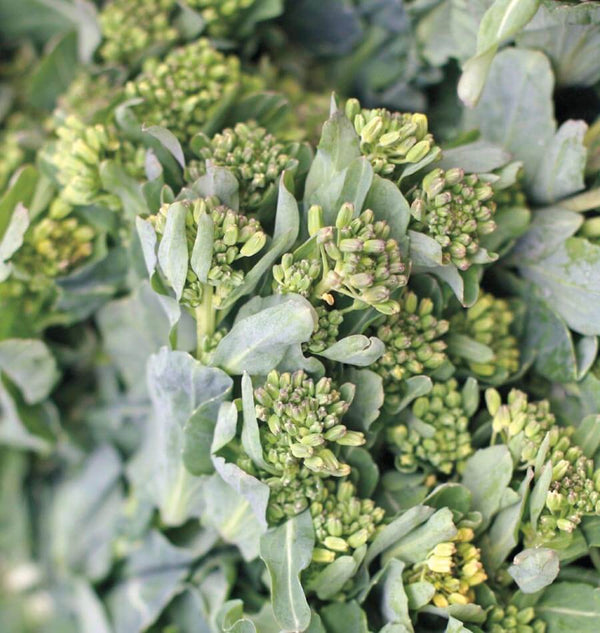Support Food Banks Canada with every dollar spent — 15% sales donated from Black Friday to Cyber Monday.
Time remaining:
Time remaining:

One stalk of cooked broccoli gives you 75mg of vitamin C, 1300 IU of beta carotene, 3g of protein and 5g of dietary fibre with only 40 calories. The crown portion tastes great when cooked or steamed. You can eat...
Continue ReadingEnjoy tasty, succulent, spinach-like leaves all summer, after regular spinach varieties have all bolted. This oddball's closest relatives in the family Aizoacea include some of the most familiar succulent houseplants. It is grown as an annual in most locations, but may overwinter in Zone 8 and up. Continue reading below for some of our best tips on how to grow New Zealand spinach.
Continue ReadingWith over 1,100 seed varieties to choose from, finding a clear path to the checkout can feel overwhelming. There are beginner mistakes to be made - as well as ways for seasoned gardeners to bite off more than they can chew. Here are Mark's top ten pointers to consider when planting a new garden.
Continue ReadingBroccoli has quite a few close relatives and variations, and these are designated in botany by the use of “cultivar groups.” Kale and collards, Chinese broccoli, cauliflower, cabbage, Brussels sprouts, and kohlrabi all share the Latin name B. oleracea, but belong to different groups within that single species. Broccoli itself has several varieties: The most common you’re likely to see in grocery stores is called Calabrese in the UK, and just “broccoli” here in North America.
Continue ReadingWell it’s that time of year again… The 2018 Gardening Guide is out in the hands of many gardeners, and providing a glimmer of hope about the coming season. Winter is just about to commence (three more days from the...
Continue ReadingCSAs represent one of the ways that small organic farmers are changing the way we think about food, the way we access food, and how we, as consumers, participate with food production. CSA stands for Community-Supported Agriculture, and we’ve talked...
Continue ReadingOne of the best things about working with seeds is the time we spend in seed trials, trying new varieties and comparing traits. We are completely spoiled by the multitude of fruits and vegetables that we grow, as well as...
Continue ReadingDo you run a market garden or a small organic farm? Are you growing any West Coast Seeds products? Send us some photos! Use your cell camera or your fancy SLR, but take some pictures and send them our way....
Continue ReadingIn our 2015 Growing Guide is Brian Campbell on Pollination and Bee Diversity: Lack of pollination is an unfortunate trend in the plant world. In the late 1960s, the first global review of pollination deficit was conducted. At the time,...
Continue Reading